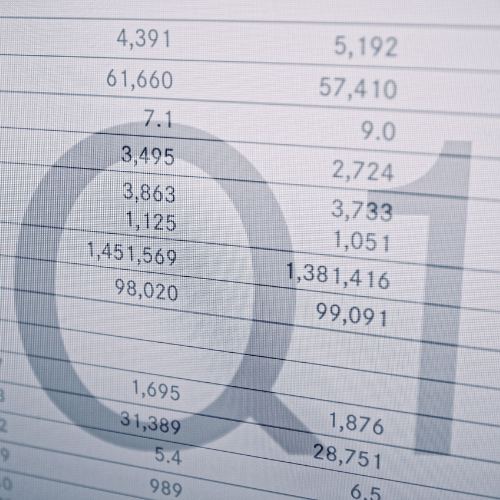It’s about time for one of the most anticipated and biggest trading days of the year. Every June, index provider FTSE Russell (Russell) reconstitutes its U.S. indexes, which are key benchmarks for institutional and retail investors. The Russell Reconstitution (Recon) is a high-profile, technical event, owing to the significant amount of capital that tracks the indexes and the large number of changes to the indexes that occur.
A Critical Event
Since Russell Indexes are constructed based on market capitalizations, Recon is a critical event because it ensures that the indexes accurately reflect the investable U.S. equity market. This year’s 36th annual Recon occurs after the close on Friday, June 28, and is based on the market capitalization ranking of eligible companies as of the Recon Rank Day (April 30). The initial list of adds and deletes was made available from Russell at the Friday, May 24, close.
The Data Tiers
The Russell 3000 Index tracks the 3,000 largest eligible companies in the U.S. stock market and is further subdivided into the Russell 1000 and 2000 Indexes. The Russell 1000 tracks the top 1,000 Russell 3000 stocks by market capitalization and is a proxy for the large-cap market. The Russell 2000 tracks the next 2,000 stocks in the Russell 3000 Index and is a proxy for the small- and mid-cap market.
Russell estimates that $9 trillion in assets are benchmarked to the U.S. Indexes, with about $1.5 trillion in passive funds tracking the Indexes. Benchmarked funds measure their performance against the indexes and do not have to exactly match the index’s holdings and weightings. However, passive funds must reposition their portfolios at Recon to exactly replicate the new indexes. Recon is a major liquidity event, with approximately $134 billion trading on Recon Day 2023.
Consequently, Recon provides an important short-term technical trading event that can result in a temporary technical trading impact that may outweigh stock fundamentals driven by supply-and-demand imbalances.
New Additions
New additions to the Russell Indexes typically benefit from short-term technical demand imbalances at Recon, as well as additional demand from actively managed benchmarked funds post Recon. New additions may also benefit from increased institutional investor visibility, research analyst coverage, and trading liquidity, as well as a dedicated shareholder base of passive funds.
“The positive impact of getting added to the Russell Index for a small-cap, publicly traded company can be quite significant. Institutional investor performance is typically matched to an index, and being included in a major index like the Russell should increase awareness around a certain company’s stock quickly,” believes Michael Perito, an equity analyst focused on the small and mid-cap bank space.
“The bank industry has seen investor focus move upward from a market-capitalization perspective since the early days of the COVID-19 pandemic, due largely to elevated sensitivity around trading liquidity. For small-cap bank Board members and Executives, getting added to the Russell 2000 index is a critical first step in a truthfully long journey in improving stock liquidity and awareness over time,” Perito concludes.
Removals
Removals from the Russell Indexes typically face short-term technical pressure whereby stocks do not trade on fundamentals and face increased share turnover, elevated short interest levels and higher price volatility post Recon, as actively managed benchmarked funds may continue to reposition.
“Beyond the obvious downside risks of getting removed from the Index as noted above; we’d also caution bank leaders that increased ownership by index funds will make stock performance increasingly market correlated. During periods of market volatility, bank stocks will tend to see bigger intra-day price movements (up or down) than historically normal due to the increased nature of passive investing as a driving force in the market,” adds Perito.
Timing Moving Forward
Those interested in this year’s June Recon should be aware that Russell requested market feedback through a consultation to determine if the indexes should be reconstituted semiannually (June and November) to reduce anticipated market trading impacts, given the annual Recon trade has totaled more than $100 billion over the last five years.
The results of the consultation are still pending.
Author: Melissa Roberts, Quantitative Equity Research Analyst
Contributor: Mike Perito, Bank Equity Research Analyst












